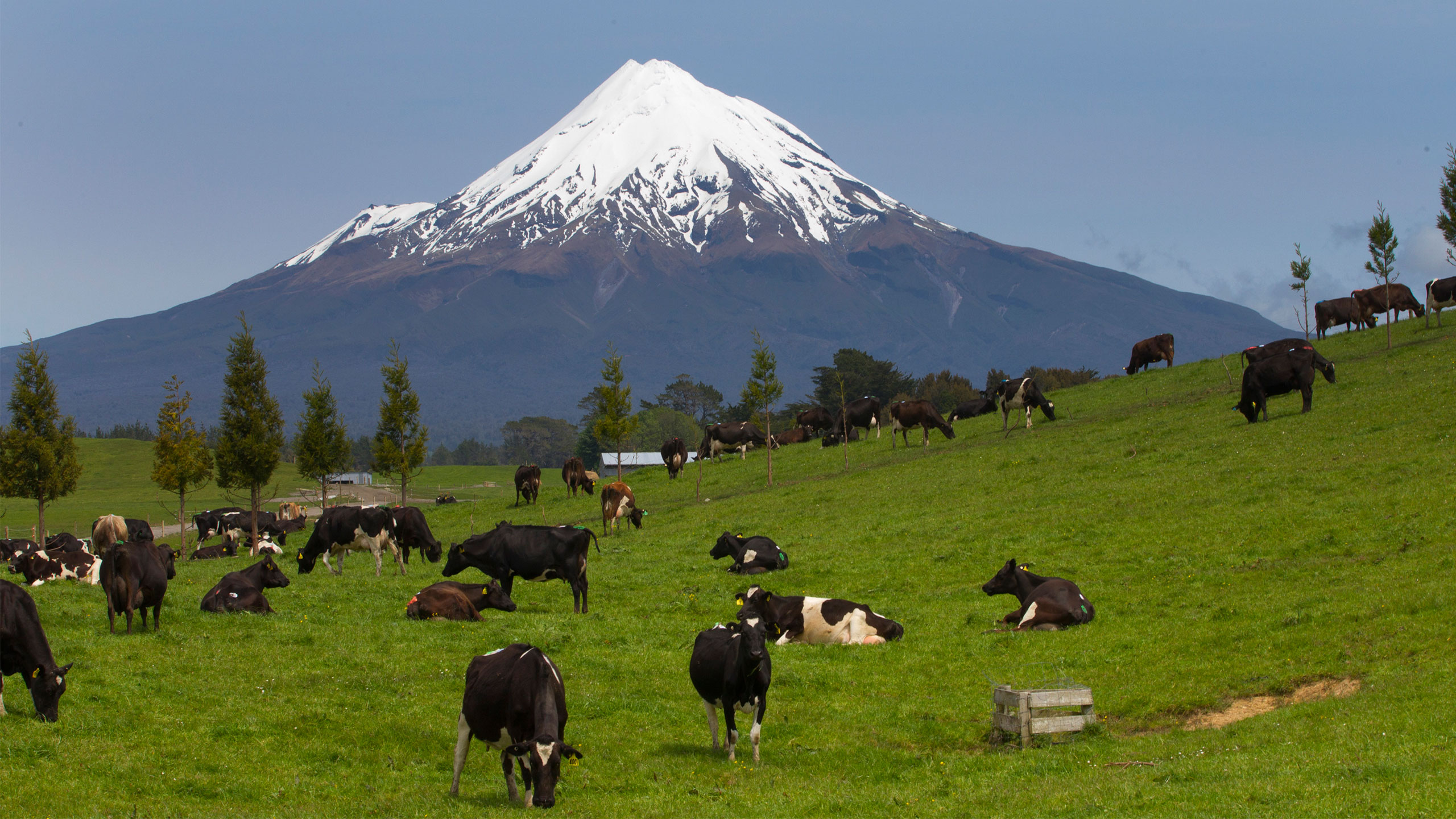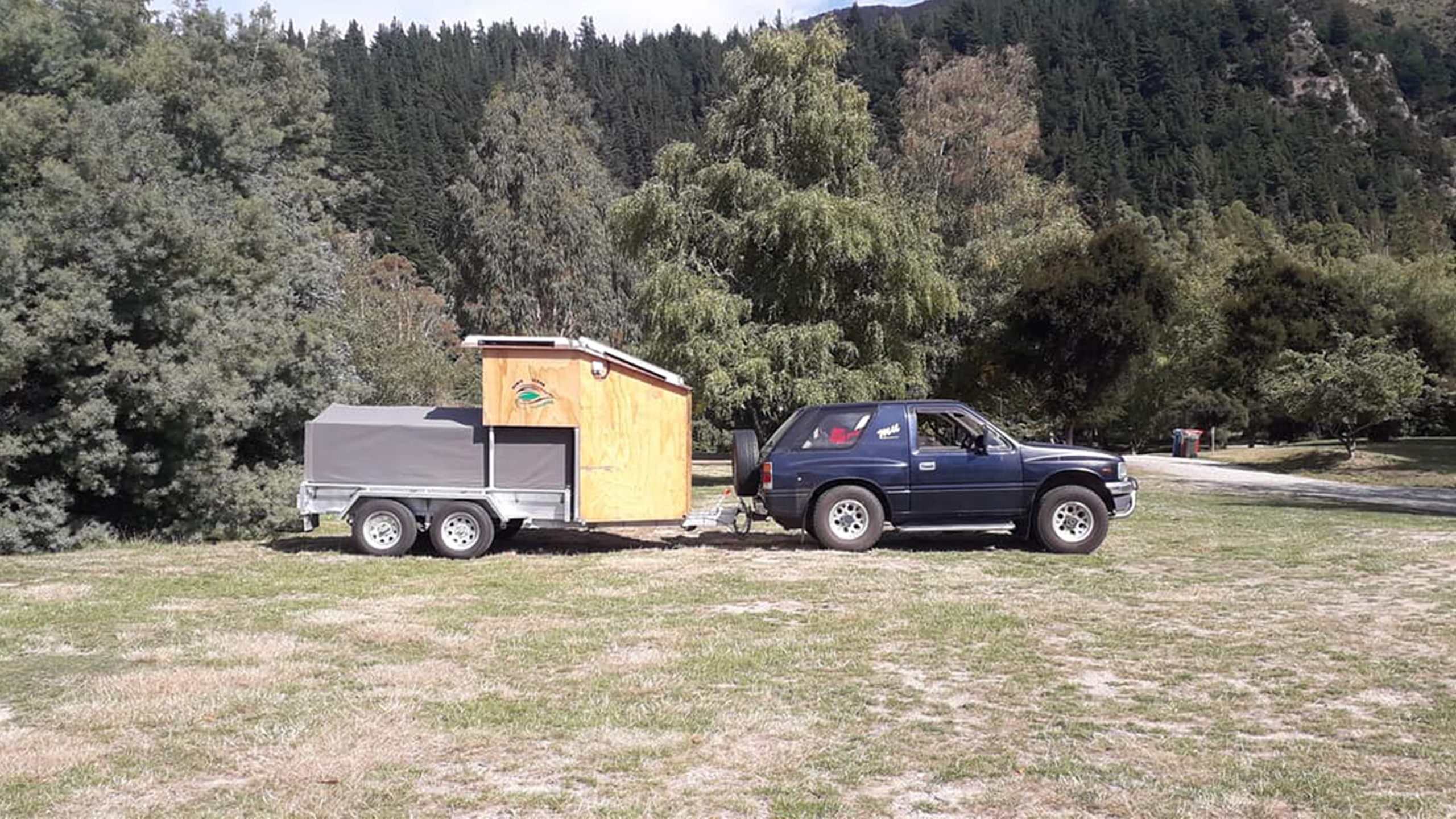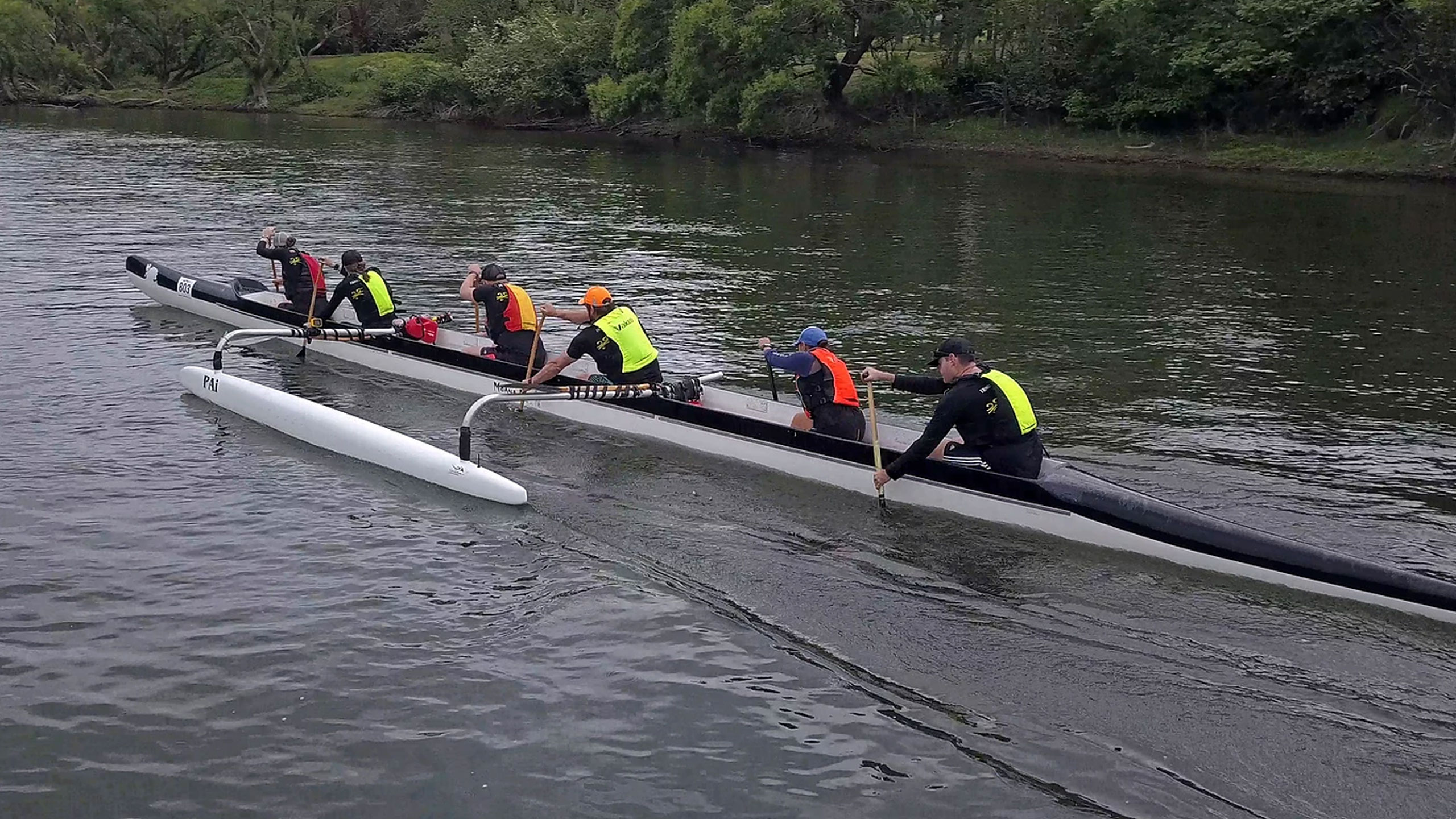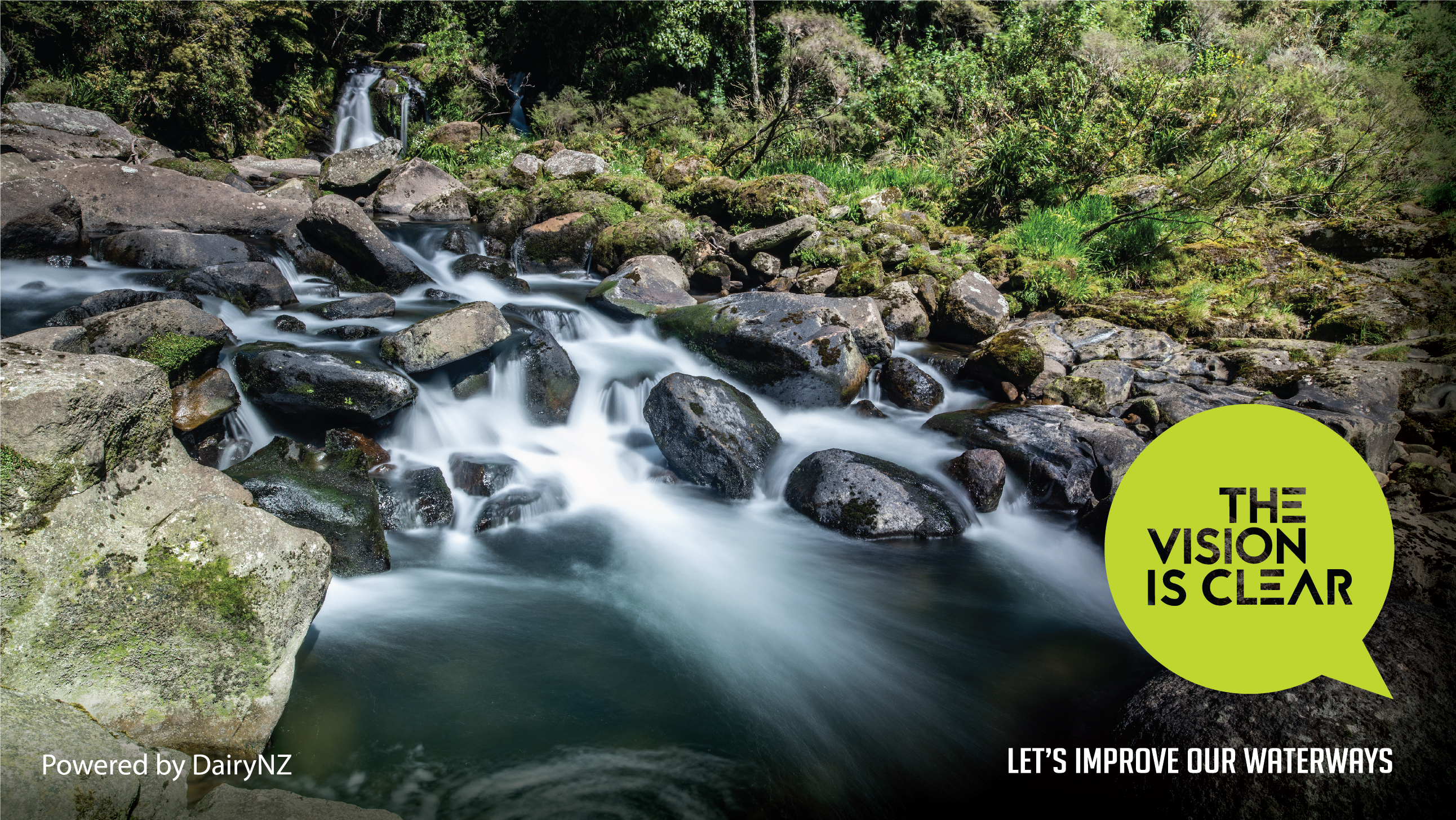Five million plants later…
Taranaki farmers helping to achieve better water quality with huge planting programme.
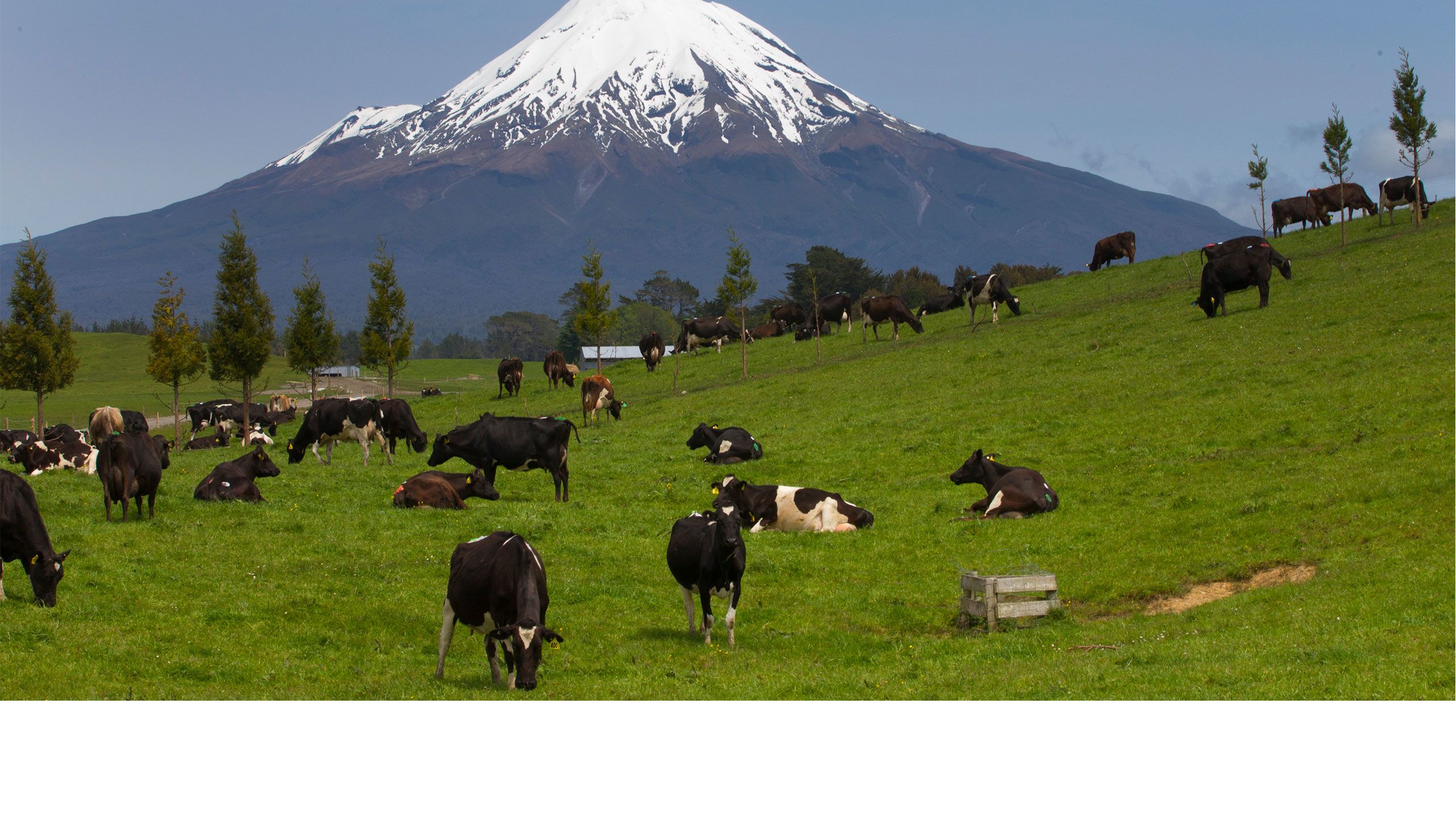
Powered by DairyNZ
Powered by DairyNZ
When Taranaki dairy farmer Rob Bridgeman says he wants to leave his property better than he found it, it is not only his farm ecosystem that benefits but also his 100-year family legacy.
Over the last 10 years, Bridgeman has overseen the planting of more than 5000 native plants and trees on his 58ha farm. It’s part of the Taranaki Regional Council’s award-winning riparian management programme* to control pasture run-off which has seen millions of plants installed near riverbanks and other areas to help improve water quality.
Riparian planting functions like a sieve, helping filter out sediment and nutrients before they enter waterways.
While testing shows the work is contributing to an improvement in the ecological health of Taranaki’s rivers and streams, Bridgeman is just as proud of what his contribution means for his family.
The 58ha property he farms at Okato near New Plymouth has been in his family for more than a century, the Bridgeman farming line of descent beginning with his great-grandfather William Bridgeman who purchased 200 acres and began farming on the site in 1913.
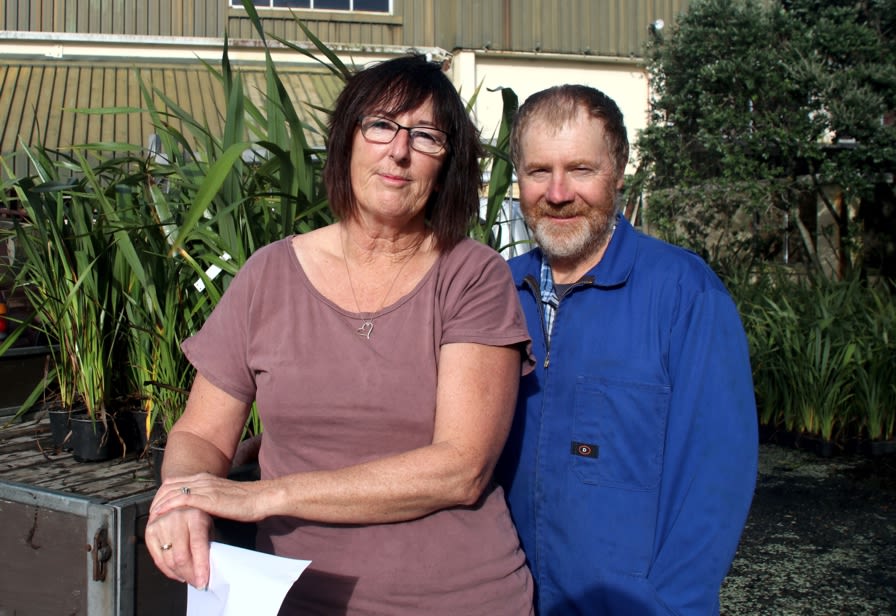
Di and Rob Bridgeman. Photo / Supplied
Di and Rob Bridgeman. Photo / Supplied
The dynasty continued when Bridgeman and his wife Di bought the farm off his father Alan in 1990 - and now they are planning for the day when they hand over to the next generation.
“One of my sons is interested in farming and although this property is a bit on the small side, we’re thinking of keeping it and buying something bigger to run alongside it,” he says.
The Bridgemans are among hundreds of Taranaki farmers who collectively have planted over 5 million native plants since the voluntary riparian programme started in the 1990s.
Beginning their programme in 2010, the Bridgemans have planted more than 5000 native plants and trees - and fenced off around 3km of waterways and drains. Their efforts have been so effective they were last year named as winners of the environmental leadership in dairy farming category in the council’s environmental awards.
“We’re happy doing our small bit towards cleaner waterways and we definitely want to leave it better than when we started,” he says. “We see our fencing and planting as an investment for the future; we’ve beautified the farm, it looks better and is easier to manage – and we now have pheasants and ducks which we never used to see.”
The programme aims to have all farmers in Taranaki’s ring plain and coastal terraces fence streambanks to keep stock out of waterways and plant vegetation to help trap and filter run-off from pasture and improve stream biodiversity.
A recent National Institute of Water and Atmospheric Research (NIWA) study found the measures have improved ecological health and reduced bacterial levels in the region’s streams and rivers while the council’s own monitoring shows environmental improvements at 47 of the 59 sites being measured.
Over the next few years all riparian plans will be audited to ensure they include all waterways and regionally significant wetlands.
The Taranaki ring plain has 1800 dairy farms, 99.5 per cent of which have riparian plans in place. More than 15,000km of streambanks are covered by the plans; so far 85.7 per cent of these (13,207km) have been fenced and 71 per cent (8,399km) protected by vegetation.
A council deadline is for streambanks to be fenced and planted by 2020. The council has also given notice it intends making riparian protection mandatory.
The council’s land services manager Don Shearman, says farmers have been doing a fantastic job: “It’s really ramping up now as everyone’s well aware of the need to get their fencing and planting completed by 2020 or near after.”
Although the scheme is largely land-owner funded, it is coordinated by the council which supplies up to 500,000 native plants at cost each year. It also works with farmers to prepare individual property plans, mapping the fencing and planting required, setting out suitable plant varieties and timelines for implementation.
The Bridgemans, who run a herd of 170 cows, had mixed feelings when they started but, as they got into it, began to see the benefits.
“We want cleaner waterways too,” says Bridgeman. “We’re also enjoying the visual impact and the return of bird life.
They were also inspired and motivated by seeing planting taking place on other farms and realised their property would look as good if they kept the effort up.
*The TRC programme is considered one of the largest and long-running riparian planting and enhancement schemes on private land in New Zealand; it won the Air New Zealand Excellence Award for Environmental Well-being, part of the Local Government NZ Excellence Awards on July 10.



